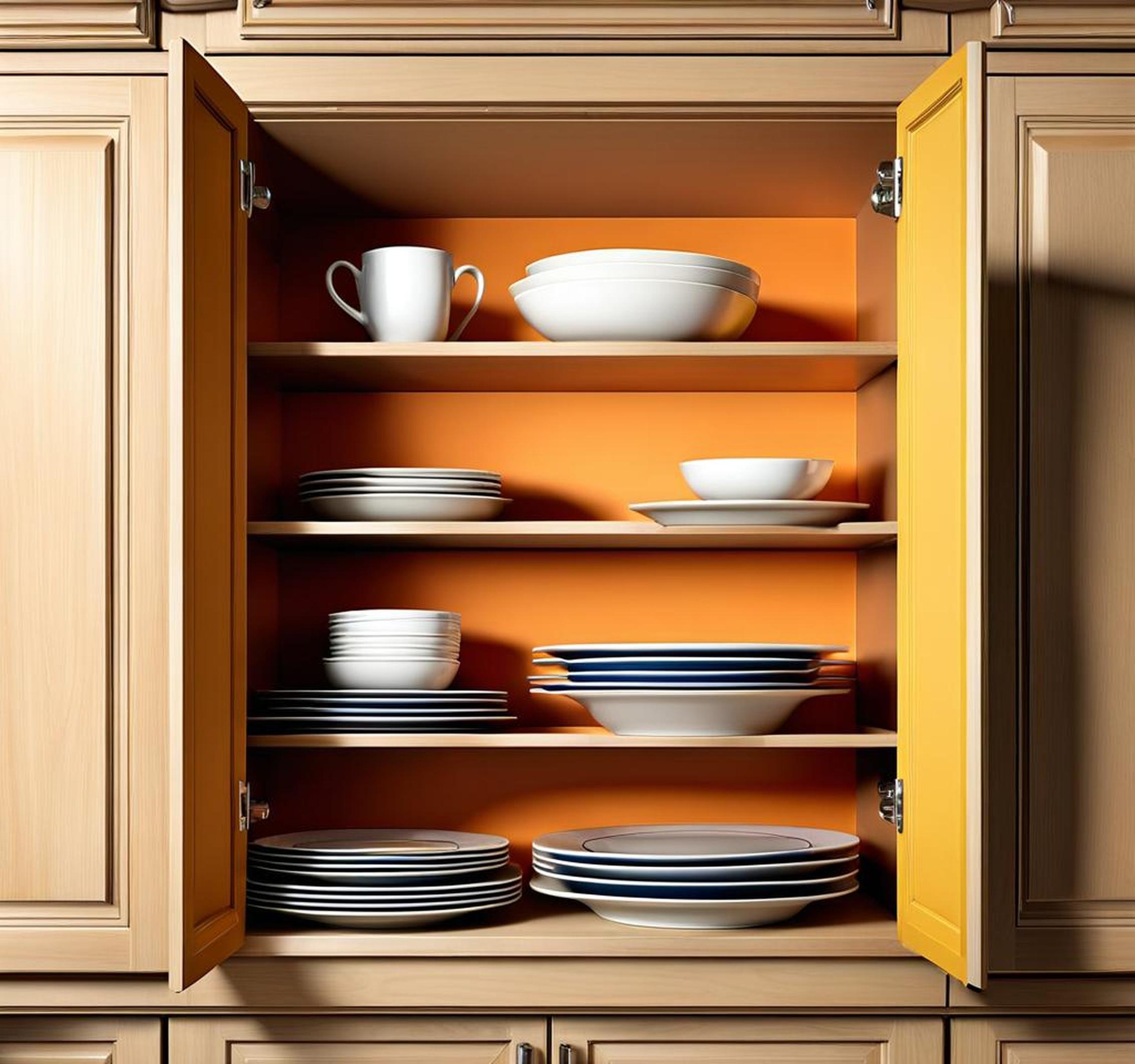As a homeowner, I like to take inventory of my belongings every so often. During a recent inventory, I was surprised to discover that there are exactly 15 plates in my kitchen cabinet. I decided to investigate further and learn everything I could about these 15 plates – their total diameter, individual diameters, and how best to organize them for efficiency.
The first step was determining the total number of plates in the cabinet. I cleared out the entire shelf and stacked each plate neatly on the counter. I carefully counted each one, double checked my math, and confirmed there were definitely 15 plates. Next, I measured the diameter of each plate using a measuring tape. This revealed that there were two sizes – some plates had a diameter of 7 inches while others were 12 inches. I recorded the diameter of each plate in a spreadsheet to keep the data organized.
Creating a Chart
To capture the size measurements in an easy-to-read format, I created a simple table in my spreadsheet. The chart showed the diameter of each of the 15 plates:
| Plate 1 | 12 inches |
| Plate 2 | 12 inches |
| Plate 3 | 7 inches |
| Plate 4 | 12 inches |
| Plate 5 | 7 inches |
| Plate 6 | 7 inches |
| Plate 7 | 12 inches |
| Plate 8 | 7 inches |
| Plate 9 | 12 inches |
| Plate 10 | 7 inches |
| Plate 11 | 12 inches |
| Plate 12 | 7 inches |
| Plate 13 | 12 inches |
| Plate 14 | 7 inches |
| Plate 15 | 12 inches |
Having all this data in one place allowed me to analyze the details and come up with an organized storage plan.
Organizing the Plates
With the measurements complete, I could now focus my efforts on categorizing and organizing the 15 plates for efficiency. The varied sizes presented some unique storage challenges that required creative solutions.

Categorizing by Size
The first step was to separate the plates into two groups based on diameter – the 7 inch plates and the 12 inch plates. This categorization enabled me to quickly find a specific size plate when I needed it for serving. No more sorting through stacks of mixed diameters!
Utilizing Plate Stacking
To maximize space, I stacked the plates on top of each other within each size category. Proper stacking prevented damage – I made sure to use dividers and only stack 10 or fewer plates per pile. Stacking yielded more room for other items while keeping the plates neatly organized.
Adding Dividers
Dividers made the stacks far more stable. I used rubberized shelf liners between each plate – the grip kept them firmly in place. I also laid paper towel between every few plates to prevent scratching or paint transfer from plate to plate.
Labeling Cabinets
My kitchen has three cabinets along the wall, so I labeled each with painter’s tape – “12 inch plates” and “7 inch plates” accordingly. Now anyone who needs a plate can locate the proper cabinet quickly and easily without any confusion.
Storing Less Used Plates
I have a few decorative plates that only come out during special occasions. These I stored on a high shelf in my pantry to keep the daily use cabinets clutter-free. The pantry provided an out-of-the-way but accessible option for these lesser used dishes.
Organizing my 15 plates by size and utilizing stacking allowed me to neatly arrange them all. The labeled cabinets and strategic storage for special plates kept everything in its right home.
My journey organizing my 15 kitchen cabinet plates taught me the value of taking inventory and making data-driven decisions. By carefully counting, measuring, and tracking details like diameter, I gained crucial insights that allowed me to categorize and arrange the plates for optimal efficiency. A few simple organizational tools like dividers, labels, and alternative storage spaces made a big impact. I never realized how satisfying it could be to thoroughly organize a kitchen cabinet! Now anytime I need a plate, I know just where to find the perfect one for the job.
So next time you find yourself staring at a crowded cabinet, take a lesson from my experience. Count your items, measure their dimensions if needed, and use that data to implement an intuitive storage solution. A little upfront investment of time pays off every time you effortlessly grab what you need! The truth is, with some basic organization, even a cabinet containing 15 plates can transform from cluttered to perfectly optimized.
